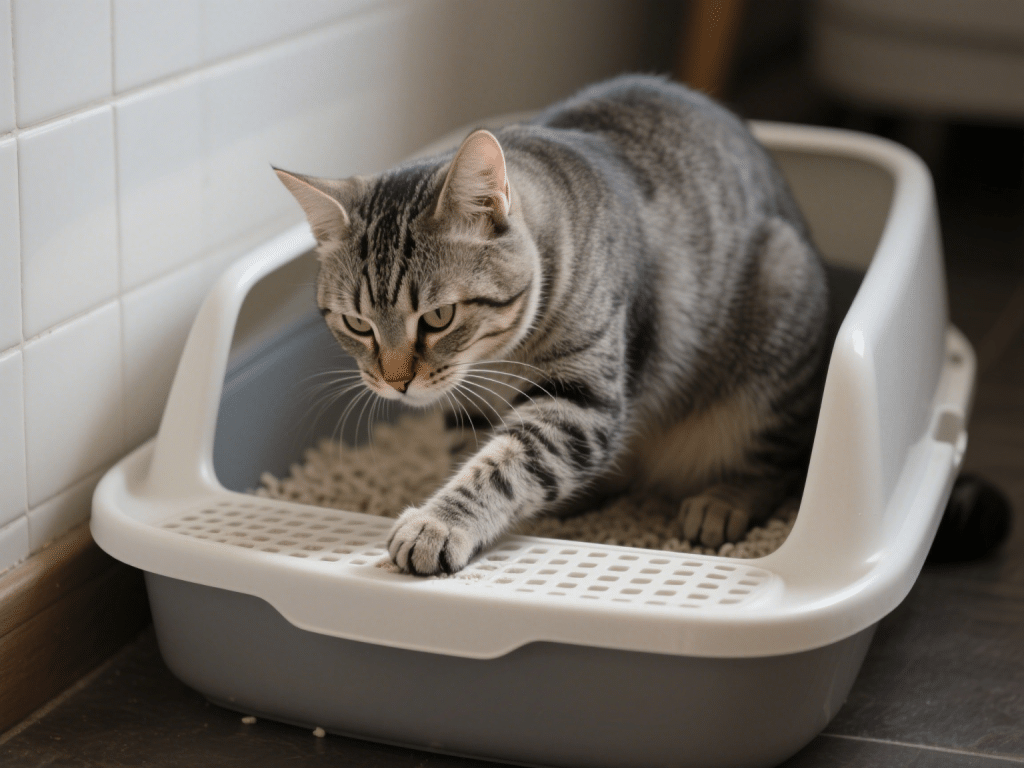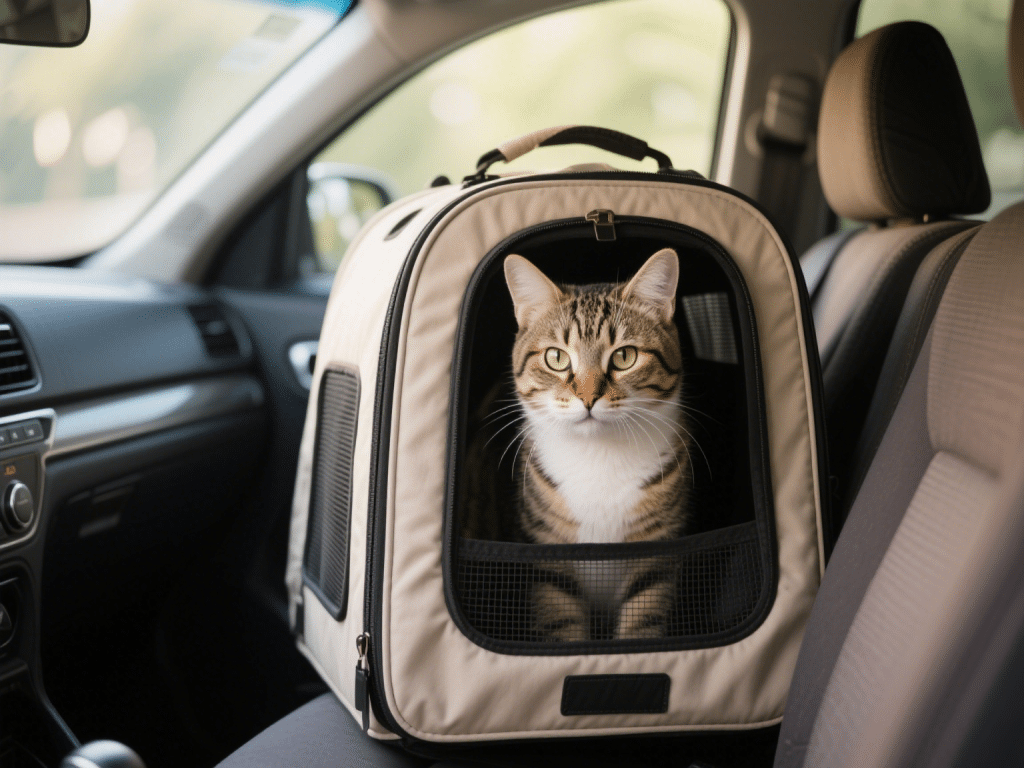
The Hidden Reasons Cats Bury Their Poop: Instincts, Territory, and Health
If you’ve ever watched your cat meticulously digging and covering in its litter box, you...

Few things test a cat’s composure like travel. Yet with thoughtful preparation—carrier training, familiar scents, and gradual exposure—you can transform a dreaded ordeal into a manageable adventure. As a veteran pet‑travel blogger, I’ll share my proven methods for selecting the ideal carrier, acclimating your cat, and ensuring serenity on the road or in the air.
Size & Security: Enough room to stand and turn around, yet snug enough to feel safe.
Ventilation & Visibility: Mesh panels provide airflow and let your cat see you—reassuring them.
Easy Access: Top and side openings simplify loading and unloading.
Carrier Familiarization: Leave the carrier open at home with bedding and treats inside.
Short Practice Drives: Build tolerance with incremental car rides—start with the driveway, then neighborhood loops.
Scent Transfer: Rub a soft cloth on your cat’s cheeks; place it in the carrier to carry familiar pheromones.
Pheromone Sprays: Feliway spray inside the carrier 30 min before travel.
Soothing Sounds: Soft music or white‑noise apps can drown traffic sound stressors.
Veterinary Prescriptions: In extreme cases, discuss mild anxiolytics (e.g., gabapentin) with your vet.
Secure Placement: Belt‑strap carriers or travel crates that anchor in the backseat reduce motion.
Temperature Monitoring: Never leave your cat unattended—heatstroke risks skyrocket in parked cars.
Hydration Breaks: Offer small amounts of water during longer trips; avoid sudden feeding to prevent carsickness.
Safe Retreat: Upon arrival, set up a cozy room with litter, food, and familiar bedding.
Gradual Exploration: Let your cat venture out at their own pace, rewarding calm behavior with gentle praise.
Takeaway: Traveling with your cat takes planning and patience but is entirely feasible. With the right carrier, phased acclimation, and stress‑reduction tools, you’ll safeguard your cat’s well‑being—and make every journey a positive memory.

If you’ve ever watched your cat meticulously digging and covering in its litter box, you...

As a seasoned pet blogger with over a decade of hands‑on experience, I’ve witnessed co...

Pet birds are prone to a range of diseases—from nutritional imbalances to respiratory in...

With over a decade advising bird owners and collaborating with avian vets, I’ve seen how...

As an experienced rabbit behaviorist and avid DIYer, I’ve built and tested dozens of out...

For allergy sufferers, choosing a pet can be daunting. True hypoallergenic dogs don’t ex...
Comments on "Traveling with Your Cat: Preparation, Carriers & Stress‑Reduction Techniques" :